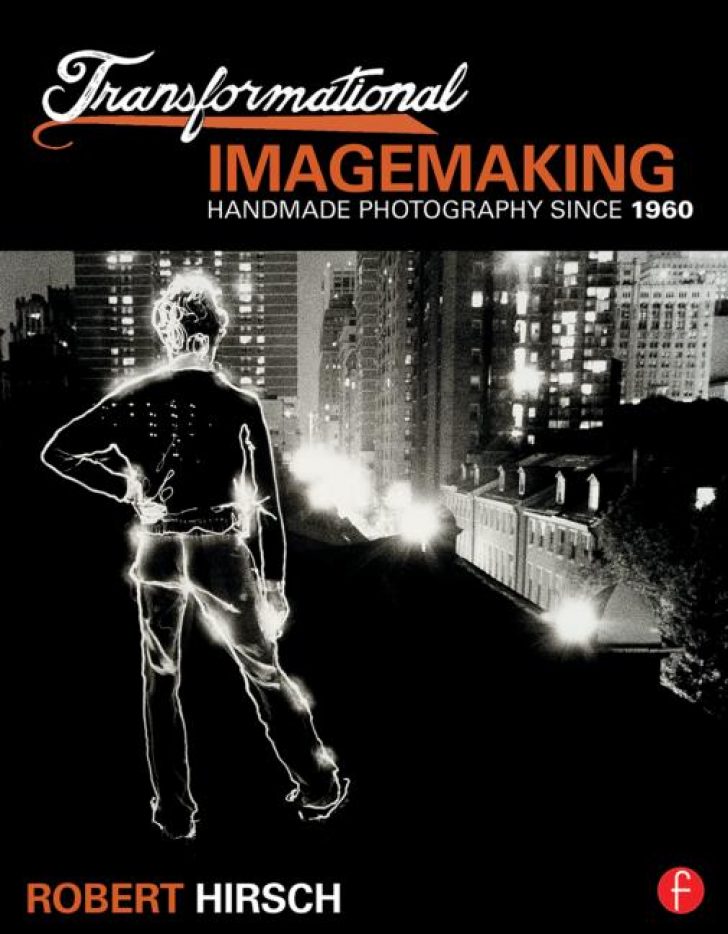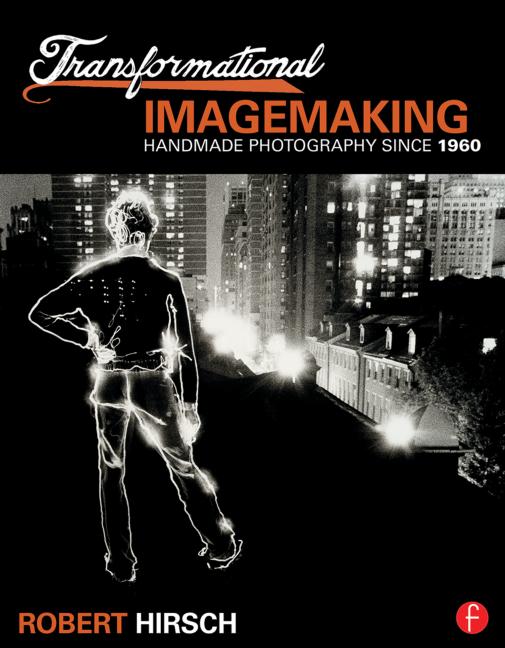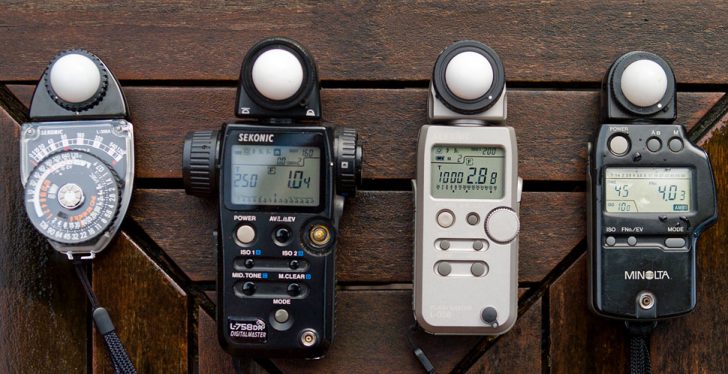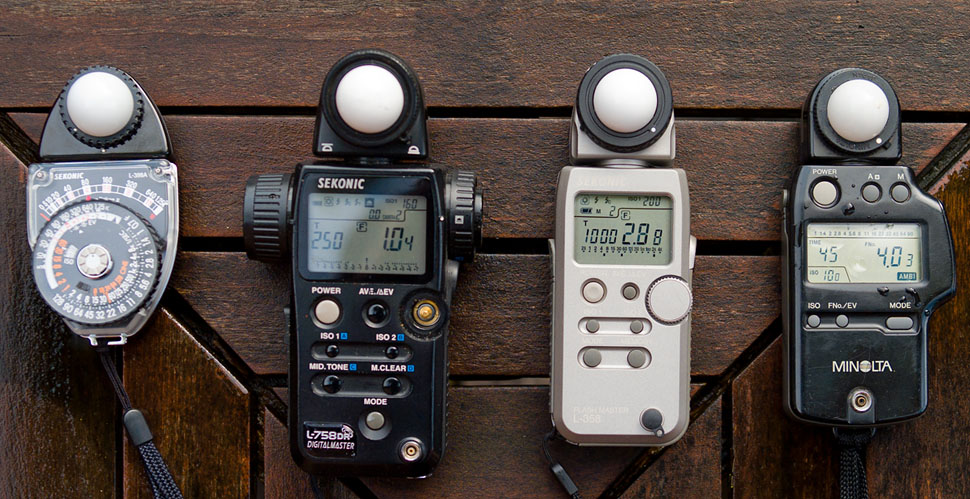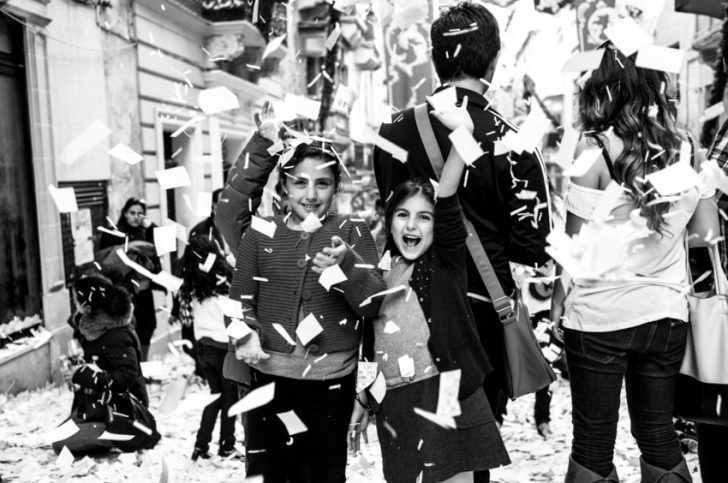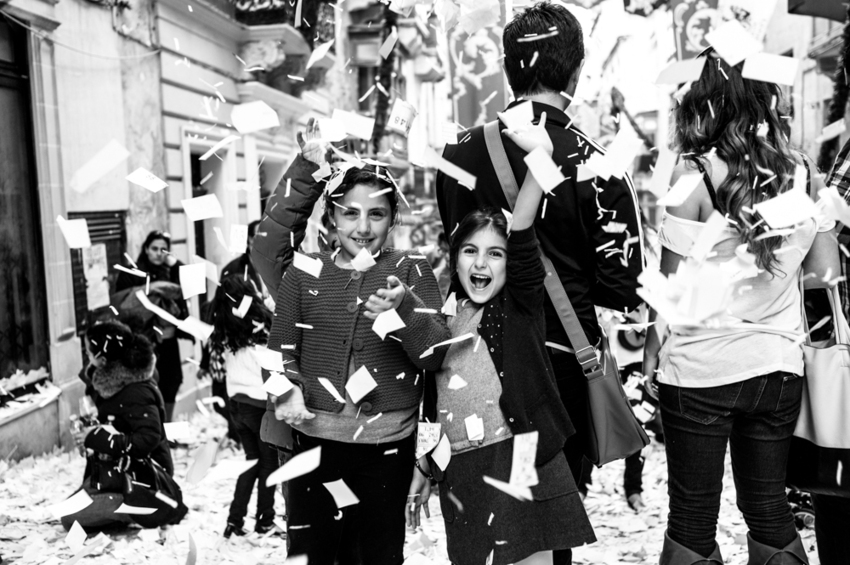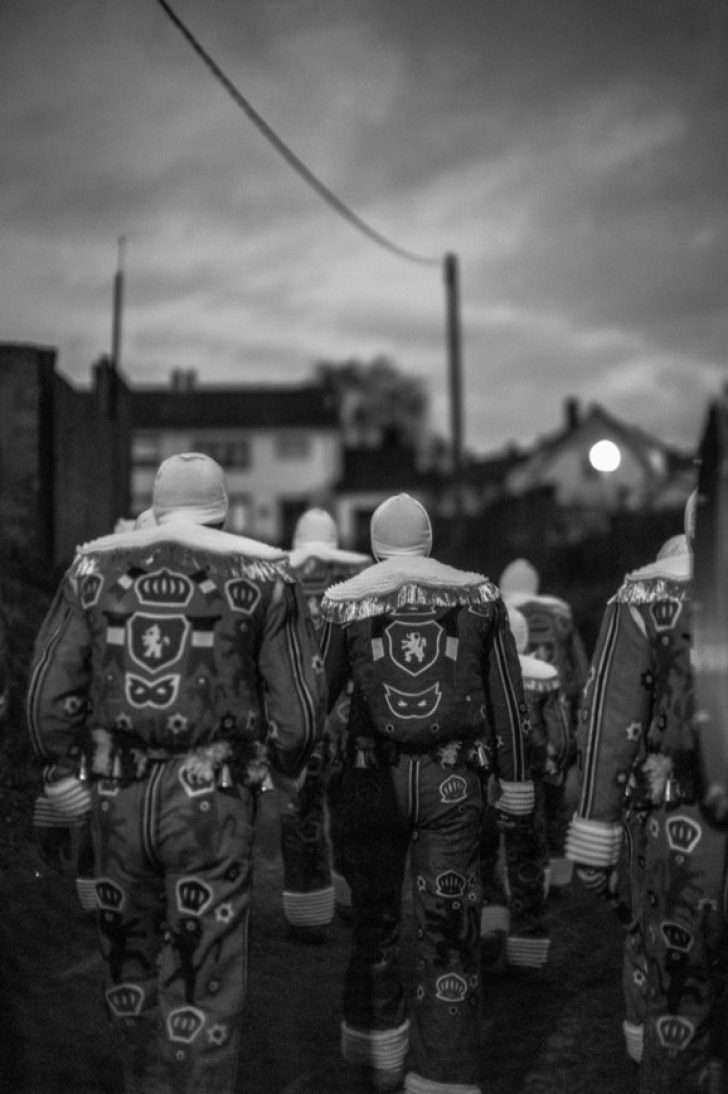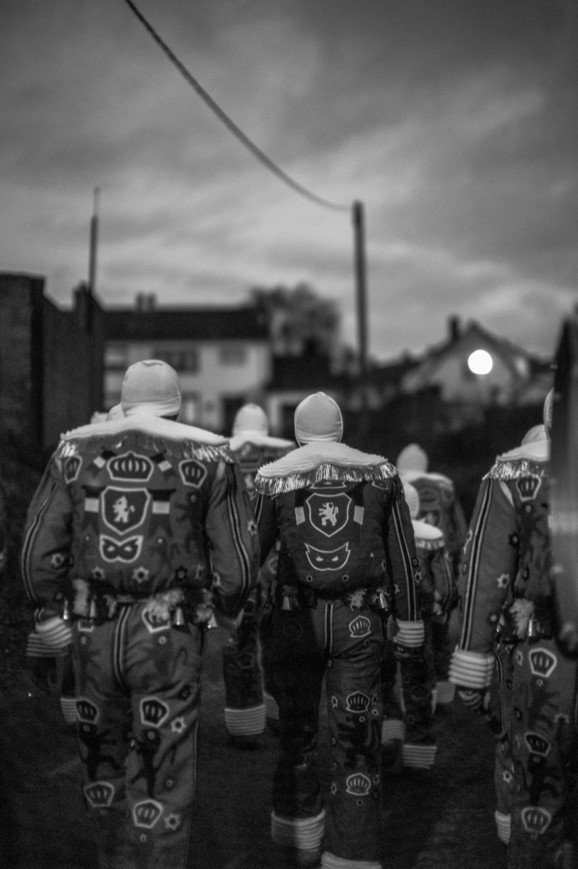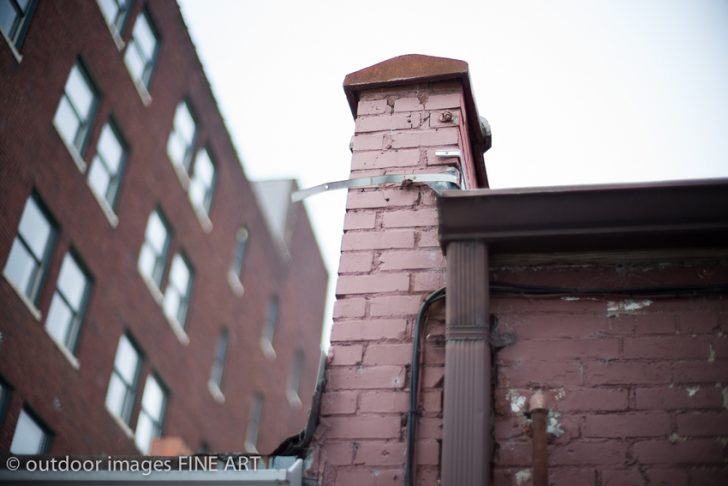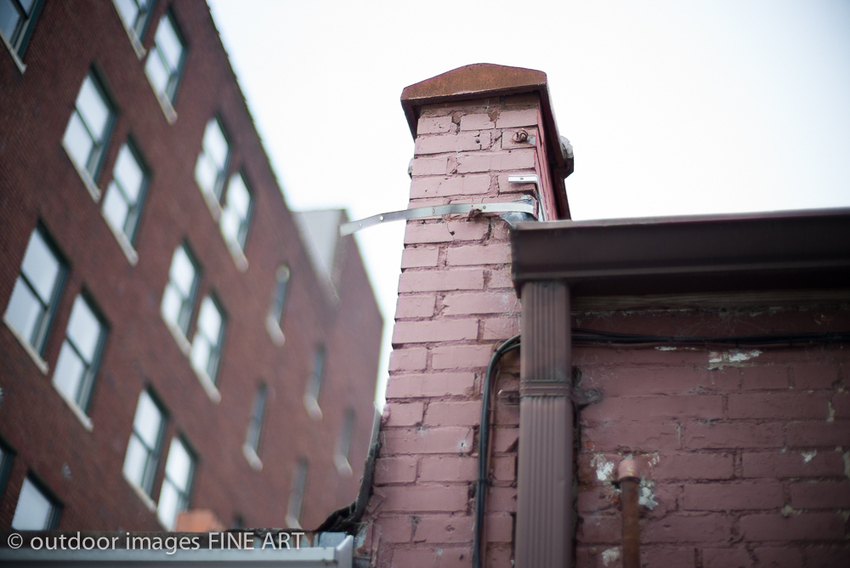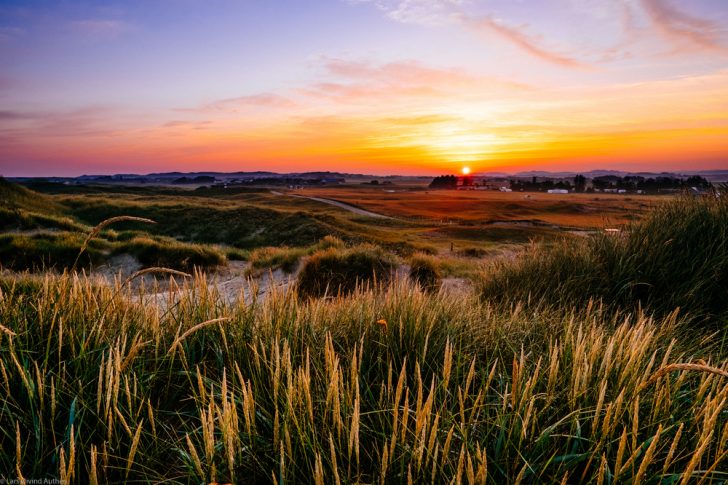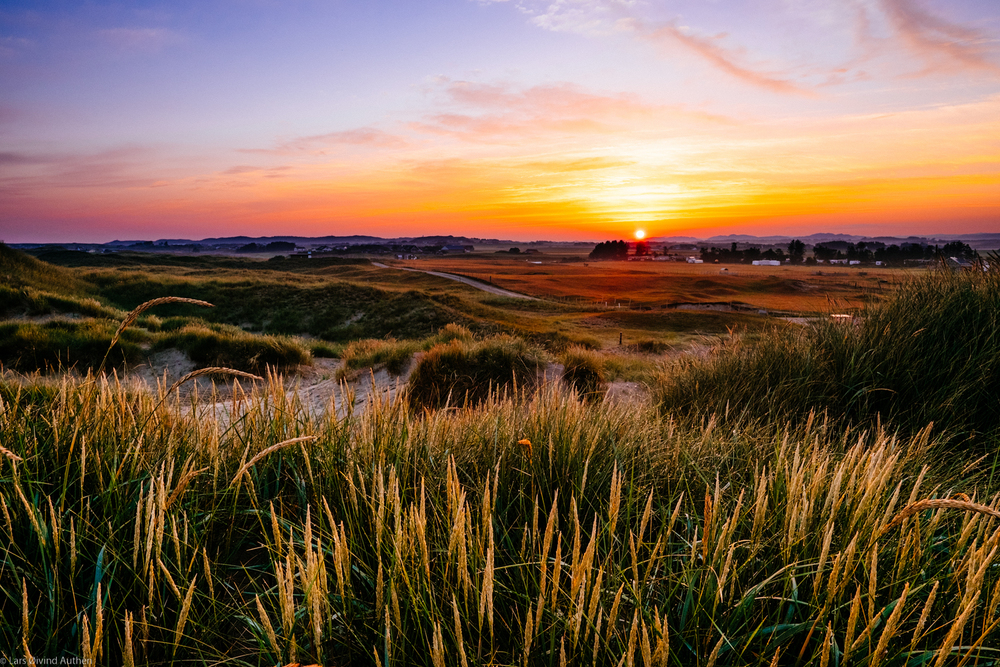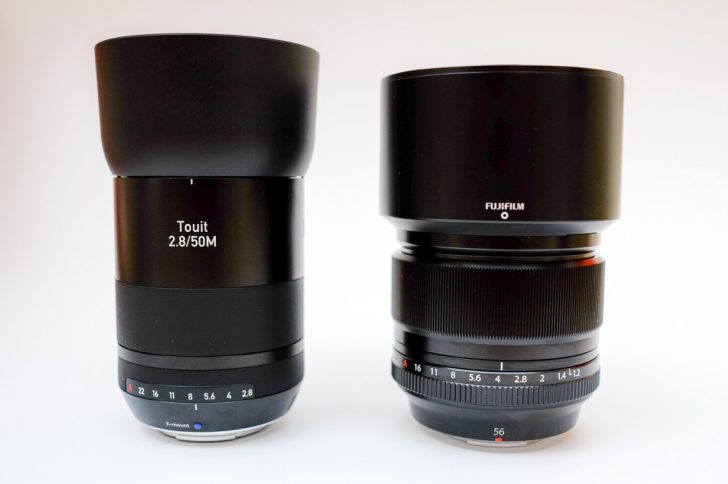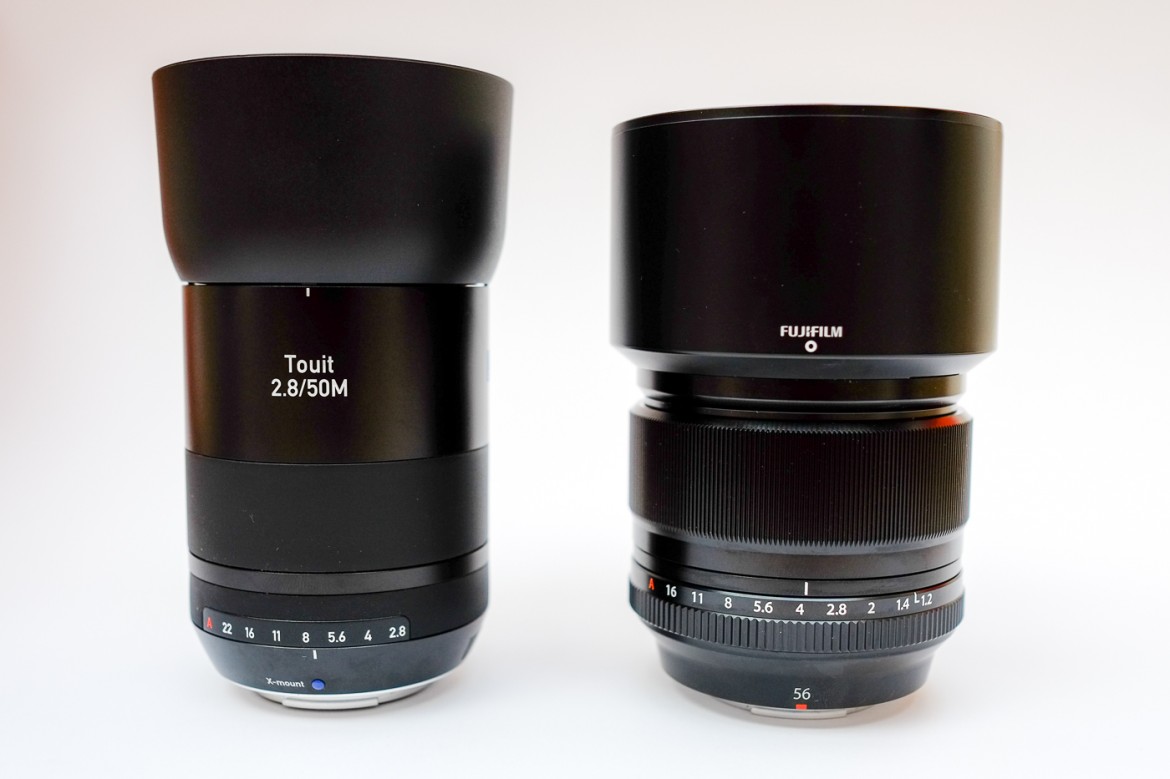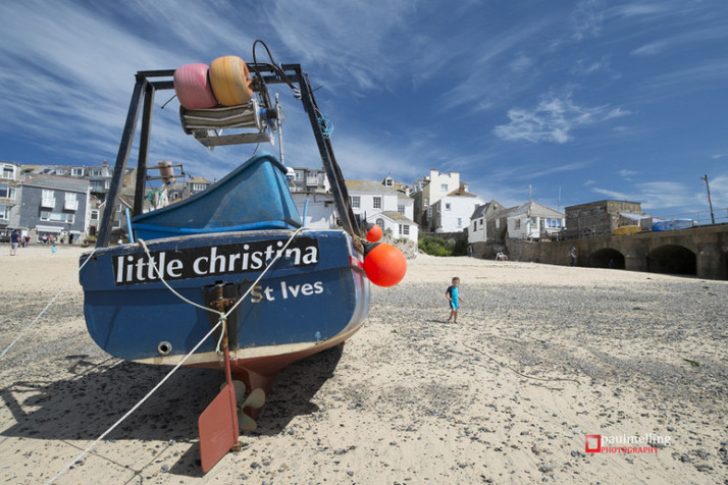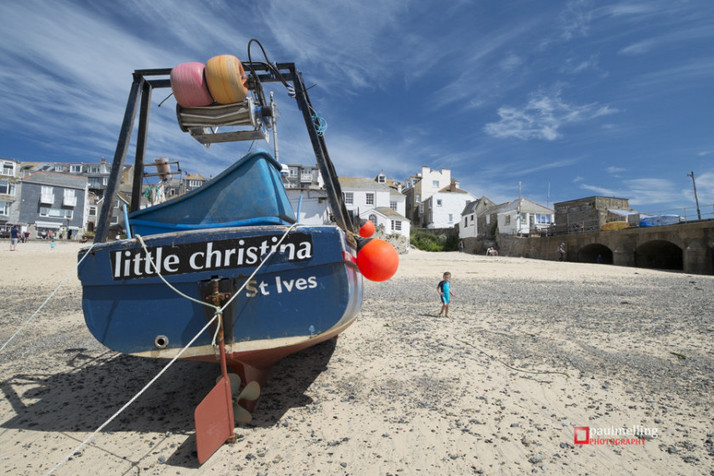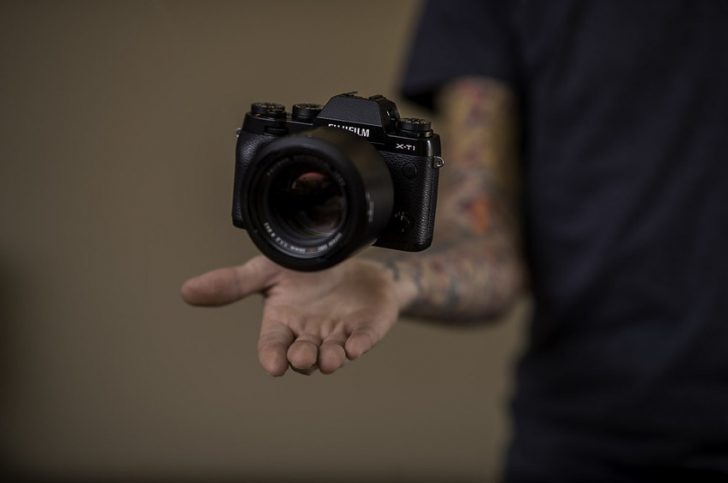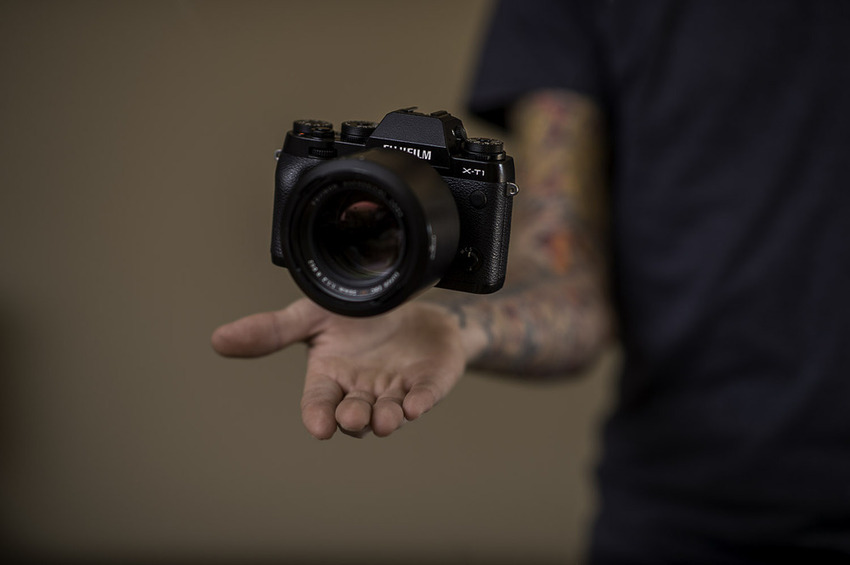Transformational Imagemaking: An Interview with Robert Hirsch |
Photo.net
….my position has been that all photographs are constructions. The “window on the world” point of view is based on where the photographer is standing, the time of day, the quality of light, what equipment and processes are utilized, what is included and excluded in the frame, and so on. What determines the photographic outcome we see in magazines, museums, galleries, and in all forms of media are largely determined by this realistic perception mindset. I’m interested in haptic imagemakers who are expressionistically interpreting their subject matter. In place of an outward linear narrative, these artists often rely on an inner psychological approach to their storytelling. This encourages their unconscious to come to the fore and reveal multiple pathways for viewers to explore both the subject matter and the maker. Regardless of their approach, these artists delight in the act of picturemaking……
Source: photo.net
Product strategy at Leica | The TAO of Leica
From 1925 to 1990 Leica followed the strategy of producing a few high-end, high-quality camera lines, at first the I,II, III series with minor variations to differentiate the price tags, later the M line was added, then the III was dropped and the Leicaflex and R-range came alongside the M. There is a big question-mark around the R-range as a high-end camera as it certainly showed mechanical quality, but the engineering was a bit contrived to say the least. The mono-culture in product range did not serve the company well and Leitz had to sell his stake in the ownership to the Swiss investor Schmidtheiny. In 1989 Leica expanded the range of cameras with compact cameras ‘loaned’ from Minolta and later Panasonic. The idea was that the company needed to broaden the consumer base and thus to generate more money.
Source: www.imx.nl
Using an external lightmeter for accurate, failproof metering |
Thorsten Overgaard
The advantage of using an external light meter is that you deal with an absolute reading of what light there is, not what the reflection is from some default background. Important: If you look at the white bubble on the lightmeter you can see that it is held in an angle so the light and shadow on each side equals the light on the face (the window highlight to the left and the shadows from the room to the right). It is an artistic decision where to hold the light meter, because if you tilt it a bit to the left in this picture it will pick up more light from the window and give a slightly darker exposure. If there is strong light coming in from the window that would be an idea as you then make sure the bright side of the face is correctly exposed, whereas the shadow side of course till be darker (as the whole exposure gets darker)………
Source: overgaard.dk
Meet the Leica Meet: Paul Borg Olivier, My Valletta |
The Leica Camera Blog
This interview is part of a series in which Olaf Willoughby talks with Leica Meet members about their photographic projects, their stories, goals and learnings along the way. This month’s interview tells the story of Paul Borg Olivier. From Mayor of Valletta to telling the story of his city, from a IIIc to an M9-P all in one year — it makes for fascinating reading. Q: To start can you give me an overview of your project? What is its title and main theme? A: I was born and bred in Valletta, Malta’s Capital, a world heritage site declared by UNESCO and the European Cultural Capital for 2018. I served the city as its Mayor for ten years, a time that engaged me into the plaited link between the city, its people and its port. I stepped back into a political sabbatical to capture the texture of the city through its social and political dynamics. This is what led me to the theme of my ongoing project, „My Valletta: A City, its People and its Port“. Q: And how […]
Source: blog.leica-camera.com
The best for me: Leica Monochrom! | Francois Roosens
I think it’s the moment to send you some pictures from my Leica MM (Monochrom). Leica came into my life about 2 years ago, I sold my D4, D800e and all reflex kit to buy it. The Leica MM is for me the best camera I have bought. I now own the MM(The best), M240, A7r, A7s (fabulous), and also the Lumix GM1 (it’s a perfect micro camera). I like your job.. Thanks for everything. I am sending you some picture of « GILLES » from Belgium, it was in March for the « Carnaval » It was an important feast in my country. Early in the morning Gilles come pick up other gilles and drink and eat at each house. in front of every house, they dance around… and lunch some oranges to give at children or at people for have a lucky year. I hope you like this. The Leica 24 Summilux and 50 Noctilux 0.95 was used for that and I was up at 4AM…….
Source: www.stevehuffphoto.com
The Music of the Night – the Noctilux | David Knoble
This is from the song, The Music of the Night, from the Phantom of the Opera. It remains one of my favorite broadway songs, but more particularly, it describes the use of the Noctilux lenses by Leica. I use the Canadian design carrying a maximum aperture of f/1.0. This lens was made from 1978 through 2008 before the Noctilux f/0.95 was released. One of the major differences between these lenses is the soul of the lens. The f/0.95 lens has the more modern crispness about it, while the f/1.0 retains that classical look with classical aberrations. I liken the use of the Noctilux to the draw from the Phantom in his music, luring us to the night……
Source: blog.outdoorimagesfineart.com
On vacation with Fujifilm X-T1 + 14mm + X100s | Lars Øivind Authen
I recently spend one week camping in the southern and south western part of Norway, on the coast line from Kristiansand to Stavanger. It’s a beautiful area of Norway I think, especially in the summer. You don’t have the nice deep fjords of western Norway, or the mountains of North Norway that goes steep into the sea – but this part of Norway has its beauty of its own I think. I could have used a lower ISO and 1/60 sec and gotten a sharp image – but the wind made the grass swayed in the wind so I bumped the ISO to 800. Also I wanted to use f/16 to get it nice and sharp from front to back. I travelled together with my wife. She is pregnant, and that made some impact of what I could and could not do. Most of my photos were taken during day time, in harsh sun light. Not the best time of the day for taking pictures. Still, I managed to get out some mornings on my own and take som shots, while she was sleeping…..
Source: www.larsauthen.com
Wie finde ich eigentlich…..das Carl Zeiss Touit 50mm? |
Mehrdad Abedi
Wie schon bei meiner Rezension zum Touit 12mm f2.8 gilt auch hier: Ihr bekommt hier die Meinung eines Anwenders zu lesen/sehen. Kein großer Techtalk, MTF Charts und Analysen von Vignetierung etc. Gemeinsam mit den beiden anderen Carl Zeiss Touits für das x-Mount habe ich das Zeiss Touit 50mm f2.8 von Carl Zeiss Deutschland testweise zur Verfügung gestellt bekommen. Wie ich ja schon an anderer Stelle herausstellte, besitze ich alle Fujifilm Pendants zu den Touits. Und auch wenn ich mit den Fujinons im Grunde sehr zufrieden bin, lohnt sich immer auch ein Blick in Nachbar’s Garten. Von den drei Touits finde ich jedoch, kann man das 50er am wenigsten mit dem Fujinon Pendant, dem Fujinon xf56mm f1.2, vergleichen. Zum einen wegen der fast 2 ½ Blenden Unterschied und zum anderen wegen der Makrofähigkeit des Zeiss Objektivs. Wahrscheinlich wäre hier der Vergleich zum Fujinon xf60mm f2.4 der richtige. Ich versuche mich also im Gegensatz zu meinem 12er Erfahrungsbericht hier mit Vergleichen zum 56er zurückzuhalten.Hier also meine Meinung zum Carl Zeiss Touit 50 mm f2.8……………
Source: www.qimago.de
The Fuji 10-24mm – one month review | Paul Melling
I’ve had my new Fuji 10-24mm lens for a month now and I thought I’d share a few thoughts and pictures with you. The lens is quite chunky and heavy by Fuji XF standards but still nowhere near as bulky as the Nikon 16-35mm f4 lens that I sold to fund this purchase. And am I glad I made the swop? Well the answer is a definite yes – not because of any huge gains in image quality but simply because I’m using the lens more that I was the Nikon. Essentially that’s because the Fuji X-Series is more luggable. I’ve chosen a few photos below from my first month, including shots from a beach holiday in Cornwall (the subject of an earlier post), a visit to the beautiful Lake District in the North West of the UK and also a shot or two from my hometown of Preston. All the shots here were shot in RAW and then converted in Lightroom. I’m still not convinced I’ve really got the most out of the lens yet and I’ve read some comments about in-camera jpegs being the way to go for the best results with this lens. That’s an option I’ll certainly be trying…….
Source: paulmellingphotography.com
First impressions of the Fuji X-T1 | Ett Venter
From the day I fell in love with photography, I’ve been a Nikon guy. I’ve
had five Nikon DSLRs in the last 3 years (D80, D7000, D700, D3, D800) and I have an entire camera bag for my film Nikon SLR cameras as well. There’s just a beauty in the way a Nikon feels in my hands, and the images I can make with one. Then again, let’s be real – I can do exactly the same with a Canon SLR. The only real difference is that Canon cameras are ugly as hell. #ohnohedidnt A couple of months ago, Fuji dropped the X-T1. Fuji has been making waves in the photographic community for the last couple of years with their mirrorless cameras. I haven’t considered them because they were either fixed at 35mm (which isn’t my cup of tea), or they were said to be slow and clumsy (X-Pro 1 anyone?). Then the X-T1 showed up. Mirrorless, fast, interchangeable lenses, small, light, cheap, great in low light, amazing lenses, and sexy as hell. How can any photographer NOT be intrigued by such…….
Source: www.ettventer.com

